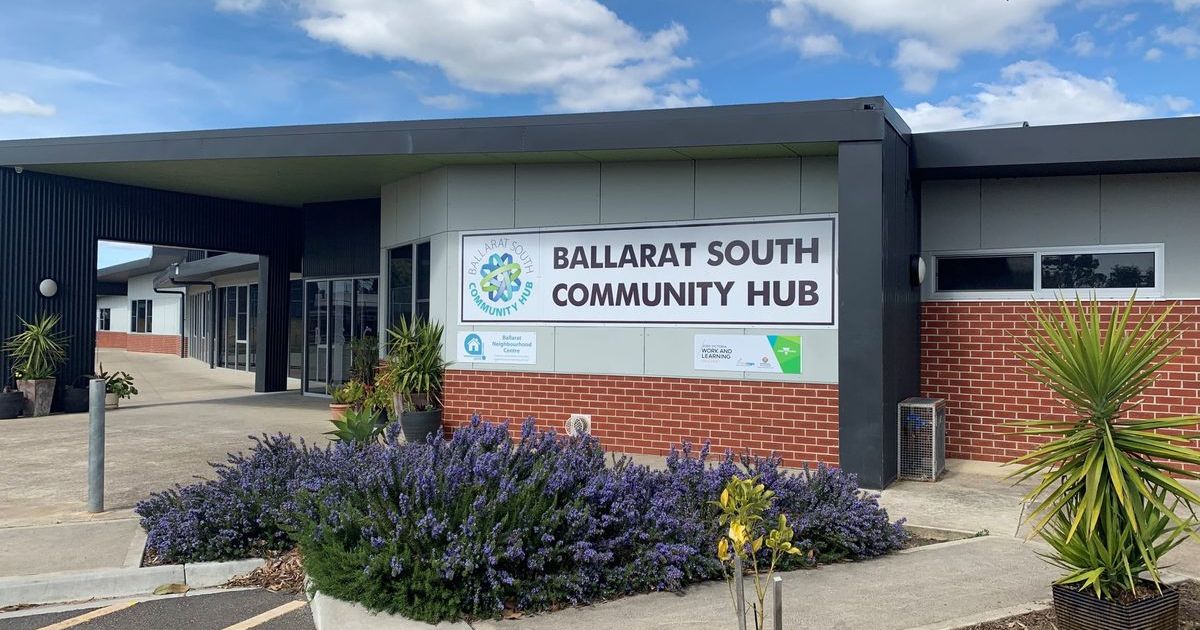Slam dunk for basketball funding – City of Ballarat council briefs

Grand plans: Recommendations on the future of the Eureka Centre have been received by council. Photo: FILE
BALLARAT Basketball will receive a significant amount of money from the City of Ballarat as part of a strategic partnership.
The decision to allocate the cash came at council’s last meeting of the year on Wednesday, 11 December.
Running to $106,000 annually for three years, and with consumer price index increases tied to the money, the partnership also includes an extra $20,000 in dual event grants, also indexed.
Most councillors in attendance – Cr Des Hudson and Cr Mark Harris were absent – enthusiastically approved the grant.
“In terms of a strategic partnership this one does literally tick all the boxes,” said Cr Belinda Coates. “Specifically, it does have health benefits for the community, also social, cultural, economic and even environmental [benefits].”
As part of information included in decision-making documents provided to councillors’, activities involving Ballarat Basketball were said to produce 23,500 bed night stays in the city each year with an economic benefit of $3.5 million.
The cash came with some conditions including that it needed to be spent on activities in Ballarat or on people from the city.
Ayes to the skies on airport grant
The municipality will apply for $5 million worth of Federal government funding to extend the north-south runway at Ballarat Airport.
If successful council will have to match the money and the resulting capital works will extend the tarmac by 750 meters.
Stage one of the works would allow for aircraft that need longer to take off and land, but not those that are heavier than current 5700 kilograms the surface is limited to.
Currently at 1200 meters long, the length of the runway is seen to limit business growth at the airport, with Angelique Lush, the city’s director of development and planning saying four business had expressed interest in using the facility but were unable to do so due to issues with the runway.
Some councillors, like Cr Samantha McIntosh, were strongly supportive of the application.
“We’re currently looking at a $10 million return from the airport and 90 jobs,” she said. “The potential, if this proposal is successful, is to deliver 600 jobs and $175 million economic return.”
Others, like Cr Amy Johnson still voted for the motion but somewhat reluctantly.
“Like Cr Coates and Cr [Daniel] Moloney I too have serious reservations about applying to the regional airports fund,” she said.
“I think it could be a fantastic opportunity for Ballarat and I can hear that there could be a lot of positives that come out of it if we do invest this money, but I absolutely just want to make clear that I do have reservations, I don’t think we have enough information and if we are successful we should all put it under a lot of scrutiny.”
Former mayor and keen council watcher, John Barnes, made a presentation before councillors debated the application.
He raised issues with discrepancies between the report produced by council staff and one provided by consultants as well as potential future costs associated with the runway extension and tarmac load maximums.
Mr Barns also took the liberty of drafting additional recommendations for inclusion in the motion being considered and attempted to distribute them to councillors and the media. They were not considered by councillors.
Miners Rest plans gets okay
After extensive community consultation and debate the Miners Rest Town Plan finally received approval.
Key changes include a minimum subdivision size of 750 square meters, a maximum building site coverage of 45 per cent of a block of land, 45 per cent landscaping requirements, and rezoning general residential areas north of the town to neighbourhood areas.
“Over the last two or three years council officers have worked closely with the community to develop this plan,” said Cr Grant Tillett. “More closely perhaps than has ever happened before. Certainly, the input from the community was vigorous.”
During debate on the motion, the ongoing issue of odour from the Central Victorian Livestock Exchange was again raised with Cr Moloney seeking further information on what could be done, and Cr Jim Rinaldi taking aim at the characterisation of people complaining about the smell.
“I still remember the panel chairman say the complaints are coming from a bunch of cranks,” Cr Rinaldi said. “This is serious. I know it’s been going on for many months, but this is now serious.”
Ten-year vision for Eureka Centre
A report and recommendations resulting from the work of Eureka Centre Community Consultative Committee, known as ‘2030: A Vision of the Eureka Centre’ was adopted by council.
As part of the motion the seven community members who took part in the committee were thanked by councillors.
Also approved was an additional resolution moved by Cr Moloney that a consultative committee meet twice a year on the issue.
The document, at a high level aims for the goal that “By 2030 the Eureka Centre is a successful, respected and sustainable cultural institution and visitor attraction.”
How that’s achieved is a little less clear with the 28 resulting recommendations described as “aspirational statements” and grouped across three categories titled ‘place’, ‘partnerships and advocacy’, and ‘programming’.
Under ‘place’ recommendations include ideas like, “People love visiting the Eureka Centre,” that the Centre “offers multiple entry points into the Eureka story,” and it “provides distinctive high-quality food and wine opportunities.”
‘Partnerships and advocacy’ would see the idea of Eureka strengthened in several different ways and aim to have the Eureka Flag included in the Flags Act.
The ‘programming’ recommendations relate mainly to the way in which the Eureka story is communicated to visitors and the wider community.


















